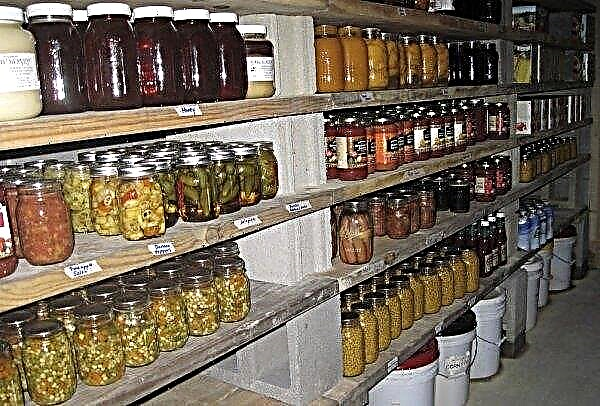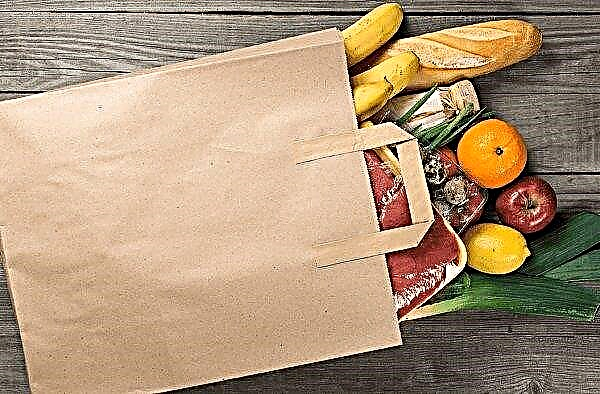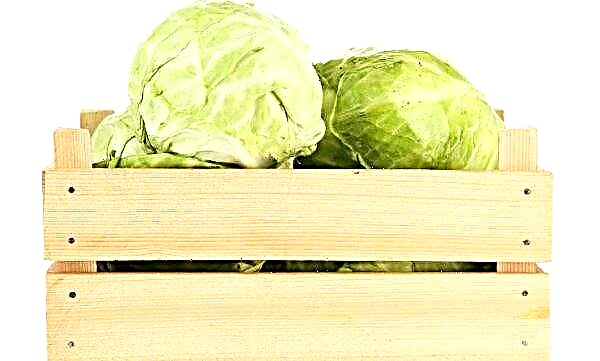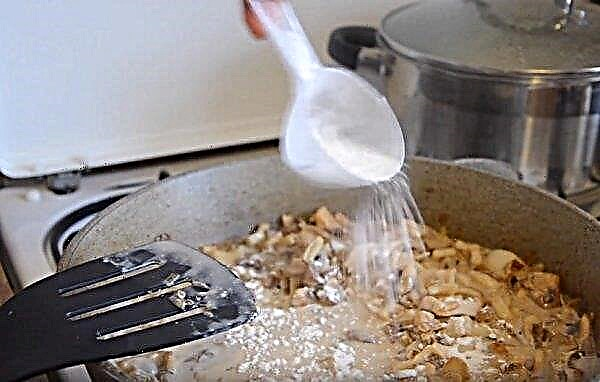The first step towards cooking bream is to clean it. For many housewives, this stage is the most unloved, because cleaning takes a lot of time, and then you have to wash everything around. Below you will read how to avoid all this.
What you need to clean fish
In order for the cleaning to take place without consequences in the form of a mess and scattered everywhere, you need to prepare everything you need in advance:
- a wooden or plastic board that is not prone to absorb odor and is easily washed;
- a well-ground knife or scissors;
- a bowl of cold water or a sink for washing dishes;
- rubber gloves (necessary if you have abrasions and wounds on your hands);
- disposable kitchen towels or napkins.

Methods for cleaning bream from scales
There are a number of ways to quickly and easily clean fish from scales, and almost all of them are used by chefs in a professional kitchen. Below are some of the most popular. By the way, the fresher the carcass, the easier it will be to clean it - it is recommended to carry out the procedure immediately after fishing.
Did you know? The bream is vital for a children's diet, as a growing organism reacts quite acutely to a lack of minerals.
How to clean with a knife
For this method, it is necessary to prepare a sharp knife, chopping board, plastic bag and directly the fish itself.
Cleaning takes place in the following sequence:
- Rinse fish off mucus. Cut the dorsal fin, and on both sides make shallow incisions throughout the body.
- Pull the fin from the tail to the head, get rid of the pectoral fins.
- Place a plastic bag on a cutting board, put fish in it.
- Starting from the tail, with quick movements with a knife, remove the scales against its growth in small sections, folding them side by side.
- When one side is ready, turn the bream to the other and do the same.
- After thorough cleaning, rinse the bream under cold water.

With boiling water
This option is considered the simplest, but can be performed in two ways.
The first:
- Put kitchen gloves on your hands so as not to get cut or scratched in the process.
- To boil water.
- Place the bream in the sink.
- Pour boiling water on both sides.
- Wait about 30 seconds, then use a knife to remove all the scales.
 The scales will not fly to all nearby surfaces, as the fish remains in the shell.
The scales will not fly to all nearby surfaces, as the fish remains in the shell.The second method involves the following sequence:
- Turn the burner on to maximum heat, put a pot of hot water on it.
- Bring the contents to a boil and place the bream in the pan for a few seconds.
- Pull out, put on the board and remove the scales with a well-ground knife with light movements.
Did you know? In still water bream lives 20–26 years old, and in the rivers the life of these fish is reduced by 2–2.5 times.
A quick way to peel
Cleaning is done in a minute, which can rightfully be considered the main trump card, but there is also a minus - the scales are removed with the skin. This can be a determining factor for people who prefer to fry fish and enjoy crisp skin.
You must perform the following steps:
- Using the dorsal fin as a guideline, make one incision on each side along the back.
- Gently pull out the fin.
- Then remove the skin - after the previous step, it will easily lag along with the scales.
- Repeat all steps on the other side.

Features of cleaning frozen fish
Sometimes it happens that it is necessary to clean the frozen product. After the steps described, you can easily pick up the edge of the skin at the head and pull it - it will be removed in one layer.
This can be done at home, it is enough to observe the following sequence:
- It is necessary to cut the upper back from head to tail in a frozen bream. The piece should be thin, cut off very carefully. Movements are performed as when peeling potatoes.
- Cut a thin layer of belly.
- Next get rid of the tail.
Important! Before cleaning, you do not need to defrost the bream beforehand, since cold scales are much more readily susceptible to the procedure.
How to gut
After you get rid of the scales in any of the above ways, you need to properly gut the fish. The procedure takes up to 10 minutes, and it is completely uncomplicated. It is necessary to take a sharp knife and carefully make an incision from the anal fin to the head, slightly open it with your hands. All organs are removed through the resulting hole. If there is caviar, it must be carefully separated from the intestine.
Depending on whether you need a head during cooking, you can separate it from the body or remove only the gills from it. Next, the gutted fish is thoroughly washed under running water, each thin film is removed from the internal cavity.
Another option to get rid of the insides is with a spoon and knife. The washed fish is placed on a cutting board and a longitudinal cut is made from head to tail. Using a spoon, carefully remove the insides, without damaging the gallbladder.
Important! If you still damaged the gall bladder, you must immediately cut out that part of the pulp that got bile, and also rub in this place with salt.
For greater convenience, you can take two toothpicks and place them so that they independently hold the walls of the abdomen. At this stage, cut the film that covers the spine and remove the remaining blood. Rinse the fish thoroughly several times. Then they take out the gills or completely cut off the head, and the product is ready for further manipulations.
Bream should be added to the diet, as it is an excellent prevention of stroke, helps to reduce weight and rejuvenate the skin. Guided by the above rules and recommendations, you will be able to properly and quickly clean this fish at home.












